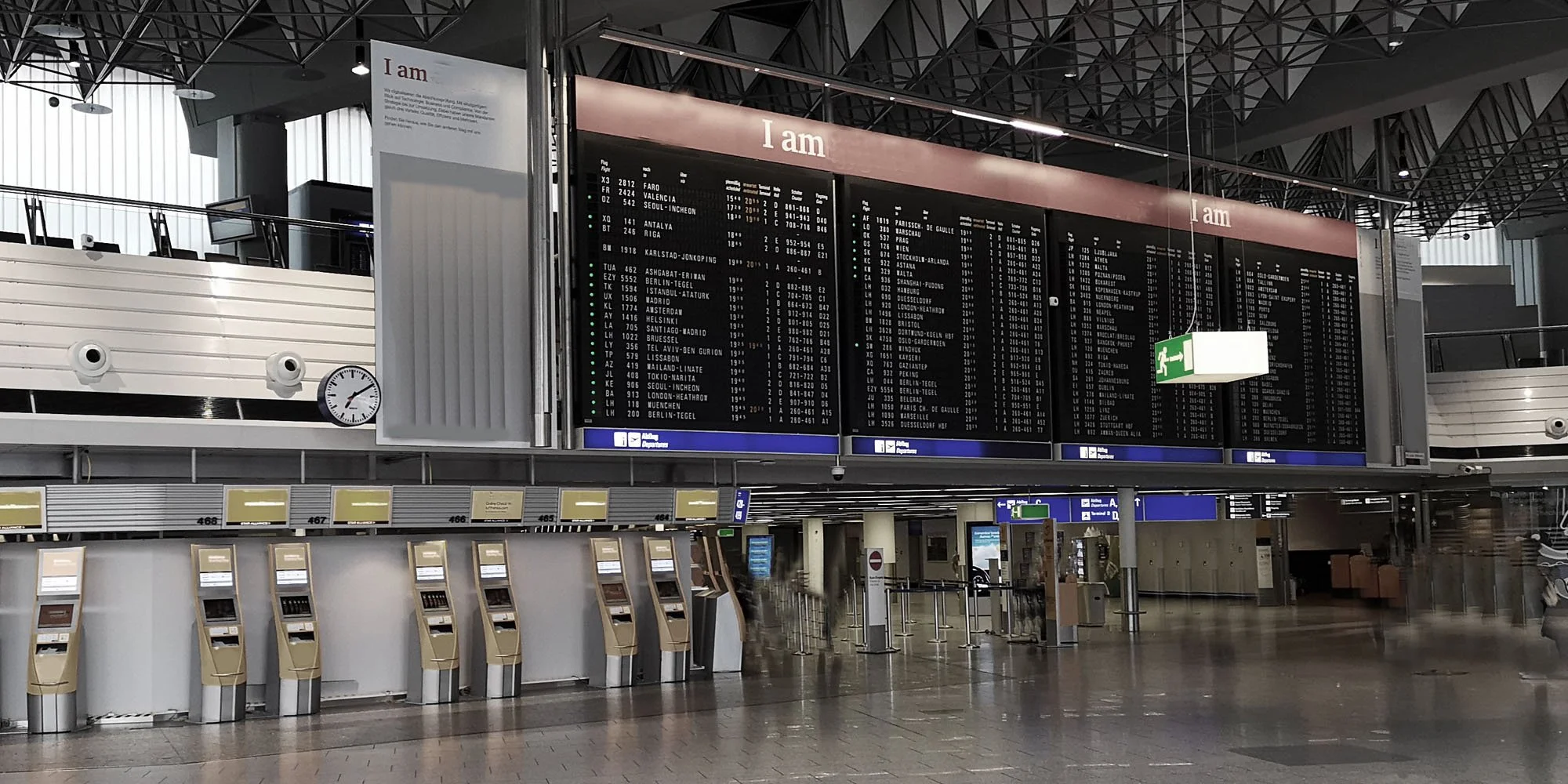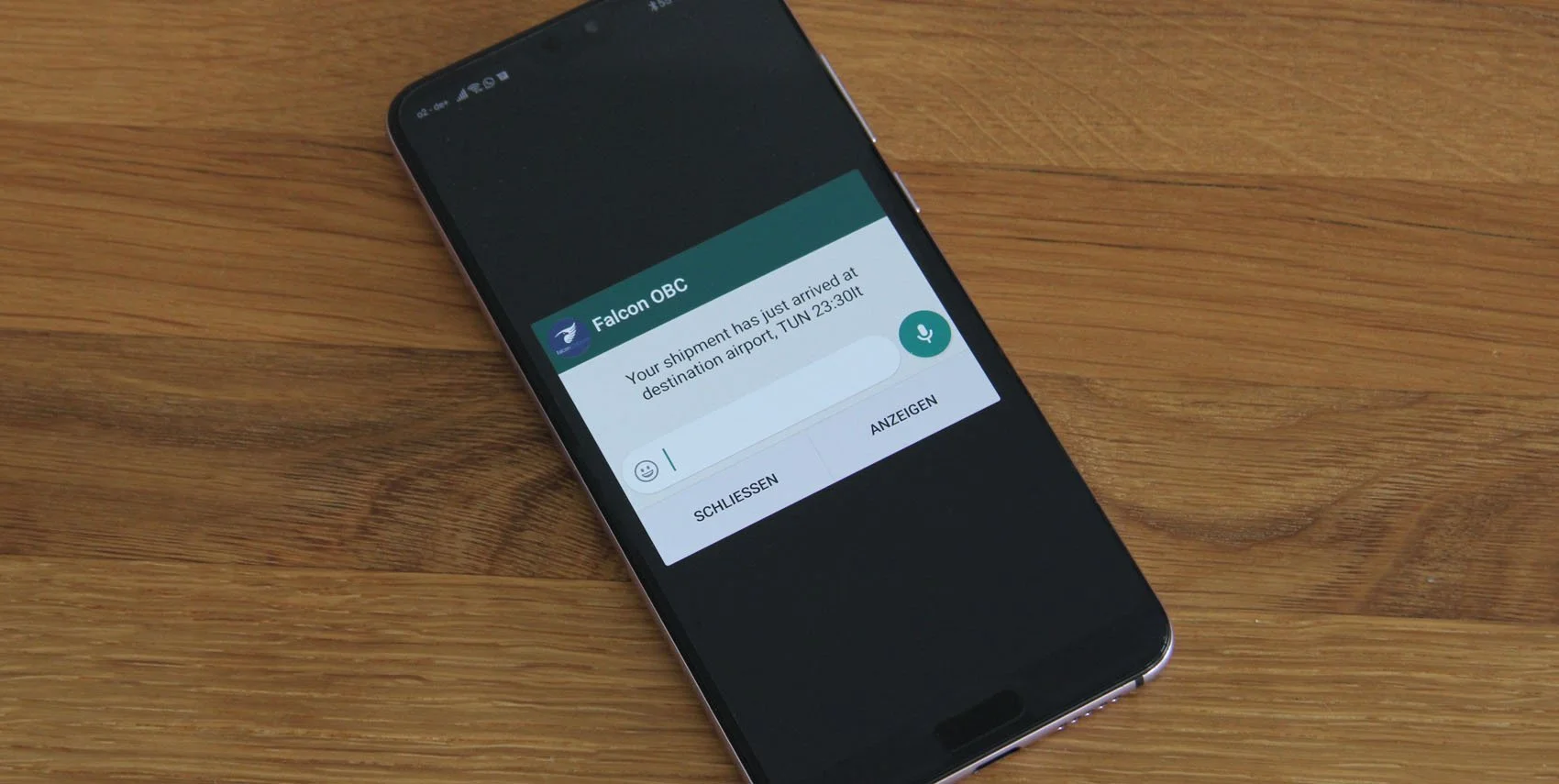
On-Board Courier workflow with us
See how a typical handcarry job works
How we choose our couriers:
The courier choice for every single transport depends on multiple determinants, coming along with the job. Where do the goods have to be picked up, must they be transported to an airport after import customs or delivered further away by car in order to arrive at the destination on time, how many goods have to be transported? Depending on our customers demand and in order to guarantee attractive prices and the best transport possible our courier choice is based on factors such as:
Closest airport nearby
Drivers licence (to pick up or deliver the goods if needed)
Frequent flyer status (because higher baggage allowances lead to more affordable prices for customers with a lot of goods or goods with larger dimensions. The priority of loading and preferred handling at check-in that comes with the status helps us guarantee the best and fastest service possible)
Nationality (will the courier be able to enter the country of destination without issues and without needing to apply for a visa in advance)
Visa (for specific countries, such as Russia, China, India, Algeria or Saudi-Arabia)
Briefing & Pick-Up of the shipment
Whenever a courier is assigned for a job, he receives a detailed briefing. This includes, amongst others, the duration of his journey, the flight itinerary as well as the quantity and type of goods he will be transporting. Special cases such as aircraft on ground (AOG) or important documents require special briefing. We make sure no matter if the delivery has to take place right at the gate / on the apron for our airline customers or at a destination further away from the airport that our couriers are informed about every step and provided with the necessary goods and customs documents to guarantee a smooth transport process.
Once the goods have been taken over by the courier, he sends us frequent updates about the current status of the shipment. This includes updates on export customs clearance with a picture of the customs stamp as well as updates on boarding, pushback and departure of the aircraft. Our team is available 24/7 to assist the couriers should there be any question or problem during the transport process.
Check-In and Customs
At the departure airport, the goods have to be checked in and, if applicable, the export customs have to be declared. For export customs it is important whether the goods are in cabin luggage with the courier, or due to size or weight restrictions fly as checked luggage. The transport as cabin luggage is always favored and our mode of transport of choice. For cabin luggage exports, customs are usually located behind the security checks and can be processed without problems before departure.
If the goods are to be checked in as baggage, the employees at check-in have to be informed that the parcels will have to be taken to customs for export declaration. tour well trained couriers not only make sure the goods are well packed and wrapped to prevent them from any damage during the transport, they also check the printed baggage tag for the correct destination and good attachment.
Boarding and Updates
As soon as the goods are taken over every courier sends frequent status updates so that our customers are informed on the whereabouts of their goods at any time. Whenever there are documents involved, such as stamped export declarations the courier takes pictures of it in order to provide our customers with a proof of export. Updates usually happen via Whatsapp, WeChat or SMS, which is why a worldwide roaming contract is a basic requirement for our couriers.
After check-in and export declaration the courier makes sure the goods have been loaded into the aircraft belly by asking the staff at the boarding gate about his printed baggage tags. This procedure is possible at most airports, as each piece of baggage is scanned by the loading staff when it is loaded into the aircraft.
When goods are beeing transported carry-on case, however, care must be taken to place the valuable goods visibly either under the front seat or in the opposite sides overhead bin. This ensures that the courier always has it in view.
Arrival: Import Customs
Before landing, we recommend that each courier meets his or her personal needs (going to the toilet) so that he or she does not lose any time when disembarking, at passport control or at import customs. An example: the earlier you leave the plane and arrive at the passport control, the less crowds you will encounter there, and the faster you get to the customs counter / red exit. With a large aircraft like the Boeing 747, you may possibly have 300 fewer people waiting in line in front of you, if you are one of the first to deboard the plane and don´t stop for a toilet.
Depending on the destination/country, there are different requirements for the import customs, which we brief the courier about in each individual case. The courier also receives all necessary documents and pre-alerts before departure in order not to risk a delay at the destination or transfer airport. The requirements of the customs staff must always be followed and all questions must be answered truthfully. Should any problems arise, we are always there to help via telephone.
Delivery and POD (Proof of Delivery)
Once arrived at the final destination airport and import customs done, the next step will be the last mile delivery to the final consignee. The location may be an office building in the city or mostly production sites or warehouses in industrial areas. Depending on the delivery distance and quantity/type of goods in the shipment, delivery is made by a local service provider or the courier himself by rental car or taxi.
Our couriers receive a pdf document which is presented and signed at the receiving person’s place and serves as proof of delivery (POD). We receive the proof of delivery signed with name and local time for our final update of the successful delivery to our customer directly after the handover.






